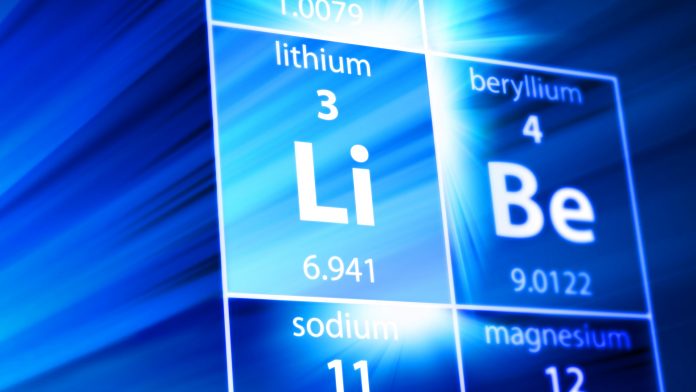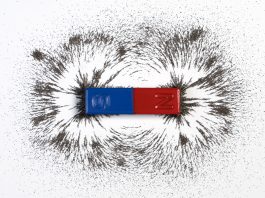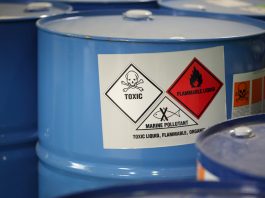Keliber’s long-planned lithium refinery is progressing into the construction phase, with preparatory work beginning before Christmas. The refinery will be built in Kokkola Industrial Park (KIP) and will produce lithium hydroxide to meet the demand for lithium-ion batteries.
The capital expenditure of the Keliber lithium refinery is estimated to be €588m. The project is based on integrated production, in addition to the lithium hydroxide refinery. The project plan includes a concentrator plant at a distance of 66 kilometres, on the border of the municipalities of Kaustinen and Kronoby, and mining sites. Construction of the concentrator, and the nearby Rapasaari mine, will be started once their environmental permits have been granted.
Hannu Hautala, CEO of Keliber, stated: “Starting construction of the refinery is a significant milestone in Keliber’s lithium project, which is now proceeding into the implementation phase.
“The schedule allows us to ramp up production in 2025, which is good news for the Finnish battery cluster, as well as for the whole Kokkola region, where the project means job opportunities and increased vitality.”
What does the refinery project consist of?
Four initial open cast and three underground, highly mechanised mining operations – Syväjärvi, Rapasaari, Emmes, Outovesi, and Länttä – situated across three municipalities – Kaustinen, Kokkola, and Kronoby – are planned to supply ore to the Päiväneva concentrator which will be situated close to the Rapasaari mine.
Concentrate produced at the Päiväneva concentrator is planned to be trucked approximately 66 kilometres to the Kokkola refinery.
The construction phase of the project is set to employ up to 500 people, approximately half of them at the site of the lithium hydroxide refinery. Once production has reached the steady stage, Keliber will employ directly, and through contractors, approximately 300 people.
The lithium hydroxide refinery will consist of several buildings, with a total area of more than 20,000 square metres. The construction phase will start with preparatory work on the lot, such as fencing the area, followed by earthworks. Following this stage, the production building foundations will be constructed.
How will lithium hydroxide be produced?
Keliber’s lithium hydroxide production is based on soda leaching technology, which benefits from material and energy efficiency. Energy sources will be steam, natural gas, and electricity, which contribute to Keliber’s relatively low CO2 emissions in comparison with current lithium hydroxide production chains.
Circulated process water will account for about 80% of the lithium refinery’s total process water consumption. The side stream created in the process, analcime sand, a porous zeolite, can be used in construction, primarily in the expansion of the Kokkola harbour.
The planned annual production rate is 15,000 tonnes of lithium hydroxide monohydrate. Its main raw material is spodumene concentrate, which Keliber will produce from its own ore.
However, during the ramp-up period, Keliber is planning to rely on purchased spodumene concentrate from outside suppliers due to the concentrator plant being built later than the lithium hydroxide refinery.
Keliber aims to be the first company in Europe to start the production of lithium hydroxide from its own ore, which is still possible within the current time frame.









